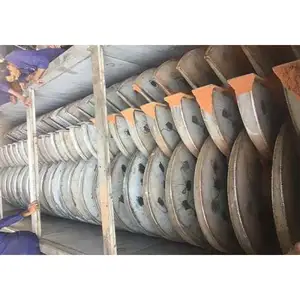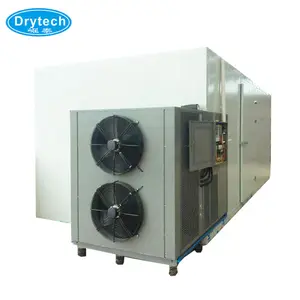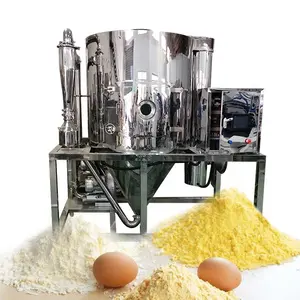A spray dryer machine takes liquid and separates the solute as a solid and the solvent into a vapor. The solid is then usually collected in the drum of the industrial spray drying machine. The liquid is then sprayed through a nozzle and vaporized. As the moisture quickly leaves the droplets, the solids are formed. Spray dryers are able to dry products much faster than other methods of drying. They are also able to turn a solution into a dried powder in a single step which helps to simplify the process and increase profit margins. One of the major applications for these types of machines is in the production of milk powder. Liquid milk is difficult to store for a long time and so a milk spray dryer machine helps preserve the milk for a longer period of time. Other popular machines are spray dryers for detergent powder and pharmaceutical spray dryer machines.
What is the difference between a drum dryer and a spray dryer?
A spray dryer is a unit in which a liquid product (i.e. milk) is atomized in a hot gas current to instantly form a powder. Drum-drying utilizes indirect steam and a hot drum to dry a product. The advantages of spray drying are the particles are relatively uniform and the end product complies with precise quality standards that are consistent with a particle size distribution, residual moisture content and bulk density. A disadvantage to spray drying is that heat-sensitive products can suffer degradation in quality due to the extremely high temperatures used. Oxidable compounds can potentially be lost from the presence of oxygen in the drying process. This can cause the loss of some of the nutritional value. While drum-dried products cost less to produce and are less prone to oxidation, they produce low-value products with larger size particles.

















































 浙公网安备 33010002000092号
浙公网安备 33010002000092号 浙B2-20120091-4
浙B2-20120091-4